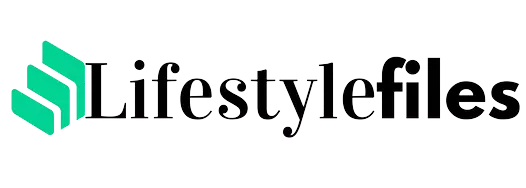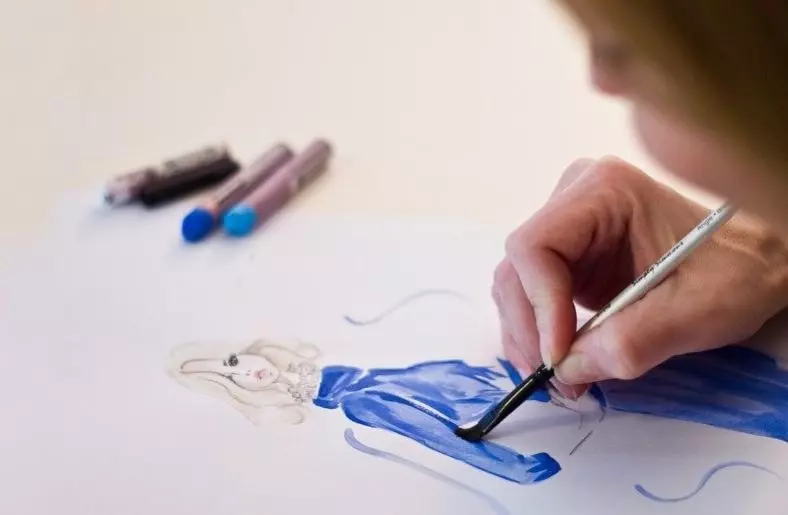There’s a lot of pressure to be a good fashion designer, but it doesn’t have to be hard. With the right techniques, you can learn to sketch fashion outfits like a pro.
Here are the tips you’ll need to draw Fashion Designer Sketches like a PRO:
Fashion designer sketches for the beginners
Style delineation is staggeringly significant in style configuration, similarly, however much paint is to a craftsman, conditions to a mathematician. Style delineation is viewed as the most vital phase in carrying your plan to completion, and it moves the plan thought from conceptualization to acknowledgment.
Start with a basic sketch
Start with a basic sketch? What if you want to add more detail or shading?
At the beginning of each sketch, start with a basic outline. This will help you get a better idea of the shape of the outfit.
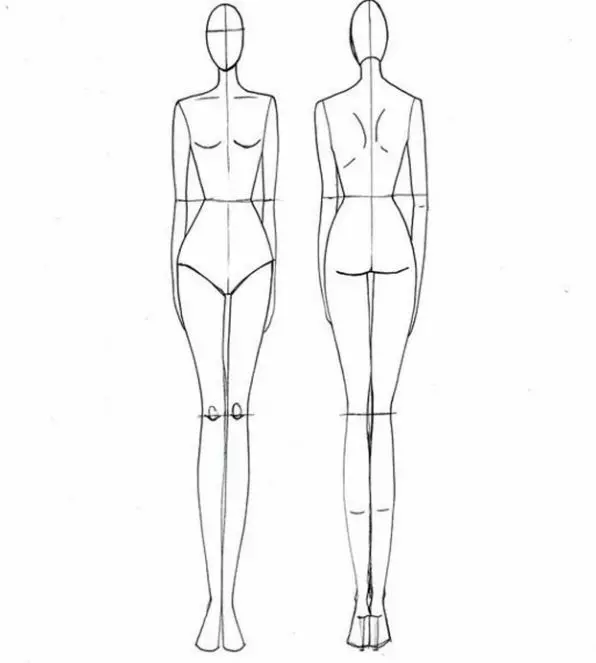
There are a few different ways to start drawing fashion sketches. You can start with a basic sketch, and then add more detail or shading as you go. If you want to get creative, you could even start with a rough idea of the clothing and then fill in the details later.
Whichever method you choose, be sure to pay close attention to the proportions and shapes of the clothing, as well as the angles and lines that are used in the drawing. By following these tips, you’ll be able to create accurate sketches that will look great on paper or in an online portfolio!
Add detail
Once you have your outline, start adding detail (see image above). This will help you capture the details of the outfit.
Use the grid to help get accurate proportions and angles. Start with the basic shapes of the outfit, like arms and legs. Add in any folds or pleats in the fabric.? Use strong lines to indicate where buttons or closures are. Add highlights or shadows to give depth and dimension.
Use light sources to create reflections on different surfaces.? Once you have your basic elements down, start adding in accessories. Add a hat, sunglasses, necklace, or other small details to help make your sketch more realistic. Finally, add any final touches like flowers or a background.
Draw the fabric
When you’re drawing the fabric, be sure to include all the details, such as textures, folds, and pleats.
This will help you to create a realistic and accurate sketch.
To get a sense of the fabric’s texture, start by lightly outlining the fabric with a pencil. Then use various shades and tones of a pencil to create the texture. For example, you could use light strokes to create a smooth texture, while darker strokes would indicate more pronounced details like folds or pleats.
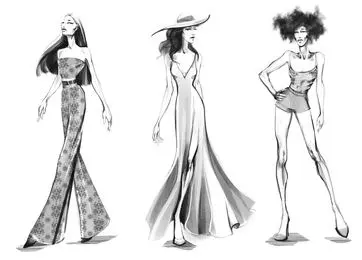
To add depth and dimension to your sketch, be sure to include shadows and highlights. Shadows can be created by shading parts of the fabric that are in direct sunlight, while highlights can be created by drawing light onto areas that are shadowed. Use these techniques to give your sketch life and realism.?
Add accessories
Finally, add any accessories, such as hats, shoes, or gloves. You’ll be able to create a realistic sketch of your outfit now!
What is the difference between Fashion Sketches and Fashion Illustration?
Fashion illustration is the art of communicating fashion ideas in a visual form that originates with illustration.
Each design starts as a sketch. A style sketch is the most important phase in rejuvenating your design manifestations; you can nearly call it the diagram for a plan. These representations aren’t joined by a figure, and their center intention is to impart your plan and all its specialized components, like the length of a piece of clothing and fit, to the watcher.
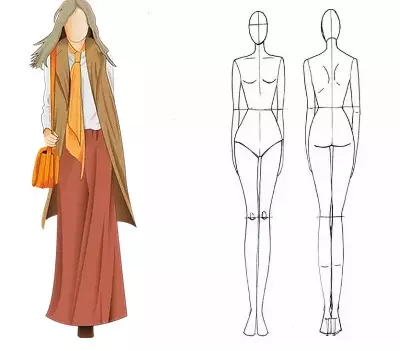
Not at all like a level sketch, style representations are more nitty-gritty with the expansion of variety, surface, concealing, and development lines. Style outline is the specialty of drawing, portraying, or painting design ideas and plan thoughts used to envision a piece of clothing before it’s created. Design representation is more expressive.
How to draw fashion sketches?
Check out this list of suggested courses
- Sketching for Fashion Design ~ Beginner Course for Designers
- Fashion Illustration- Sketch anything!
- Fashion Design: Sketch in 3D using Marvelous Designer
Step 1: Decide what type of sketch you want to create, such as a fashion model, portrait, or landscape.
You can create sketches in a variety of different styles, depending on the context. For example, if you’re creating a fashion model sketch, you might want to focus on the curves of the body and the way the clothing shapes them. If you’re drawing a portrait, you might want to capture details like facial features and hair. And if you’re sketching landscapes, you can capture the natural features of the location.
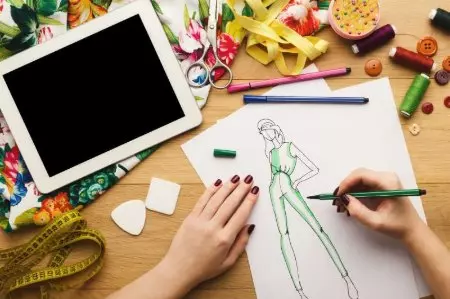
Once you have an idea of what type of sketch you want to create, start by gathering your reference materials. You can use photos or actual garments to help illustrate your sketches, but make sure to take into account scale and proportions when doing so. Once your reference materials are assembled, begin sketching out your ideas using pencil or charcoal on paper.
Be sure to vary your strokes and use light and dark lines for added depth and realism. Once you’re happy with your preliminary sketches, move on to completing a more detailed final version in pencil or charcoal using thicker lines for more detail.
Step 2: Sketch out the basic outline of the person or object you are drawing. This will help you to understand the proportions and contours of your subject.
Next, use your pencil to lightly sketch the basic features of the person or object. Be sure to include any distinguishing characteristics, like clothing or accessories. Finally, begin to fill in your sketches with more detailed lines and shading to create a more realistic image. Remember to leave some white space around your sketches so that you can later add details without affecting the overall composition.?
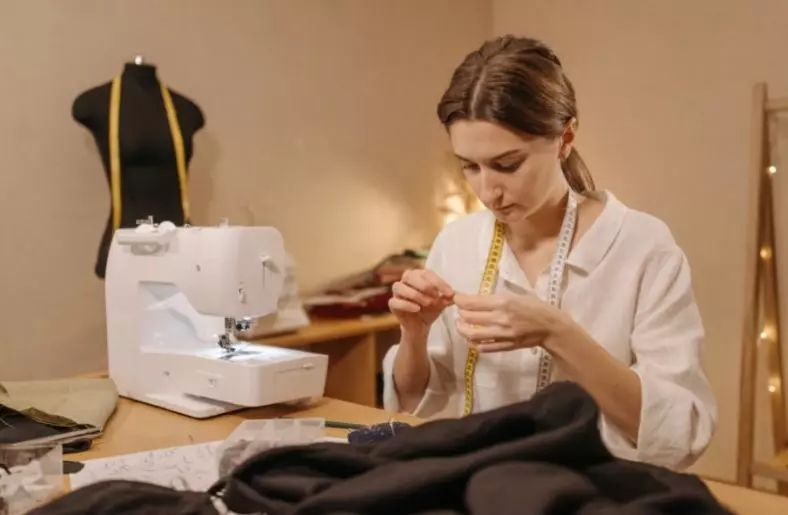
Step 3: Add in the details with a pencil or charcoal. Use light and dark strokes to create highlights and shadows.
Sketching fashion sketches can be a great way to capture the essence of a design. By starting with a general idea, you can add the details with a pencil or charcoal. Use light and dark strokes to create highlights and shadows, giving your sketches depth and realism.
Step 4: Erase any unwanted lines and continue to refine your sketch until you are happy with it.
Use lines to indicate the different elements of a clothing design.? Think about proportions and how to capture them in your sketch.? What are some tips for blending your sketches with final renderings?
To create a high-quality sketch, it is important to start by erasing any unwanted lines. Once the initial structure is established, use lines to indicate the different elements of a clothing design. Think about proportions and how to capture them in your sketch. Some tips for blending sketches with final renderings include making sure all layers are properly aligned and using shadows or highlights on specific areas of the drawing to enhance its visual impact.
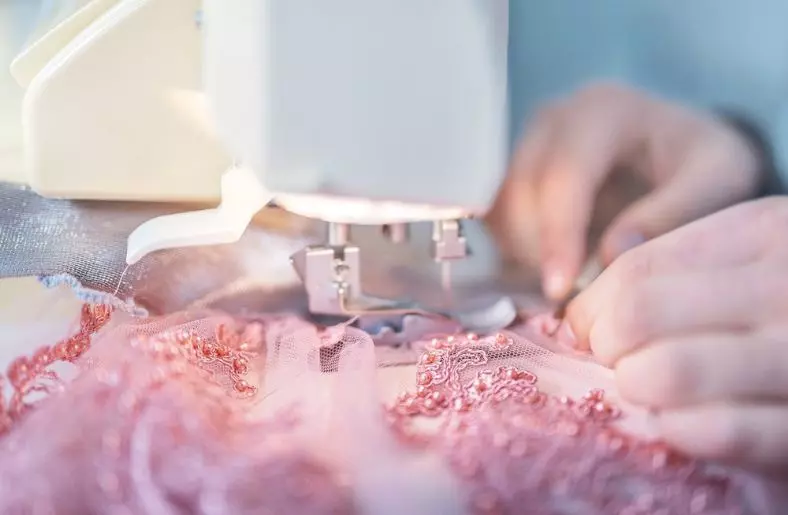
What tool do you need to draw a sketch?
There are many ways to draw fashion sketches. You can use a pencil, pen, charcoal, and gouache. However, the best tool for drawing fashion sketches is a light pencil with soft lead. This will allow you to create delicate lines and add detail to your sketches.
- Sketchbook
- Pencils
- Eraser
- Paper
- Ruler
How to draw fashion illustrations
When it comes to fashion illustrations, there are a few things that you will need to keep in mind. First, always make sure that your sketches are accurate and true to the original design. This means that you will need to be able to replicate the proportions as well as the specific details of the garment. Second, be sure to include all of the important elements of a fashion illustration.
This includes lines and shapes, as well as color and texture. Finally, pay close attention to the mood and tone of your sketches. This will help you create illustrations that are both visually appealing and expressive.
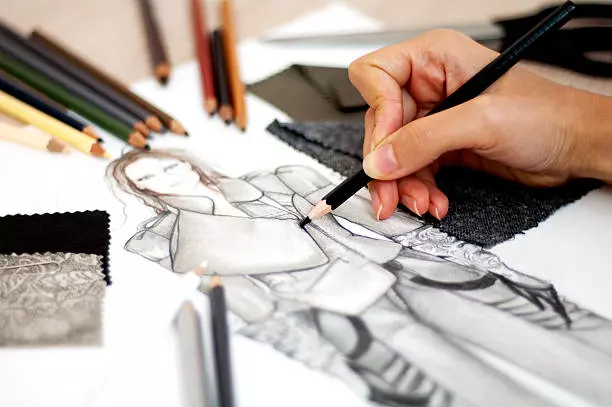
Step 1: Sketch your idea in pencil on paper
When sketching fashion sketches, it’s important to keep in mind the context of the design. For example, if you’re sketching a dress for a bride, it’s important to consider how the dress will be worn and what type of environment it will be in. It’s also important to remember the proportions and symmetry of the design. Finally, make sure to include any details or elements that will help you further develop your idea.
Step 2: Use a ruler and pencil to draw the lines that will form the basic shape of your clothing item
When drawing clothing, it is important to keep in mind the proportions of the body. A good way to do this is by using a ruler and pencil to draw the lines that will form the basic shape of your clothing item. When drawing folds or pleats, also take into account their placement on the body as well as their width and depth. Finally, be sure to vary your line thickness so that your clothing appears realistic.
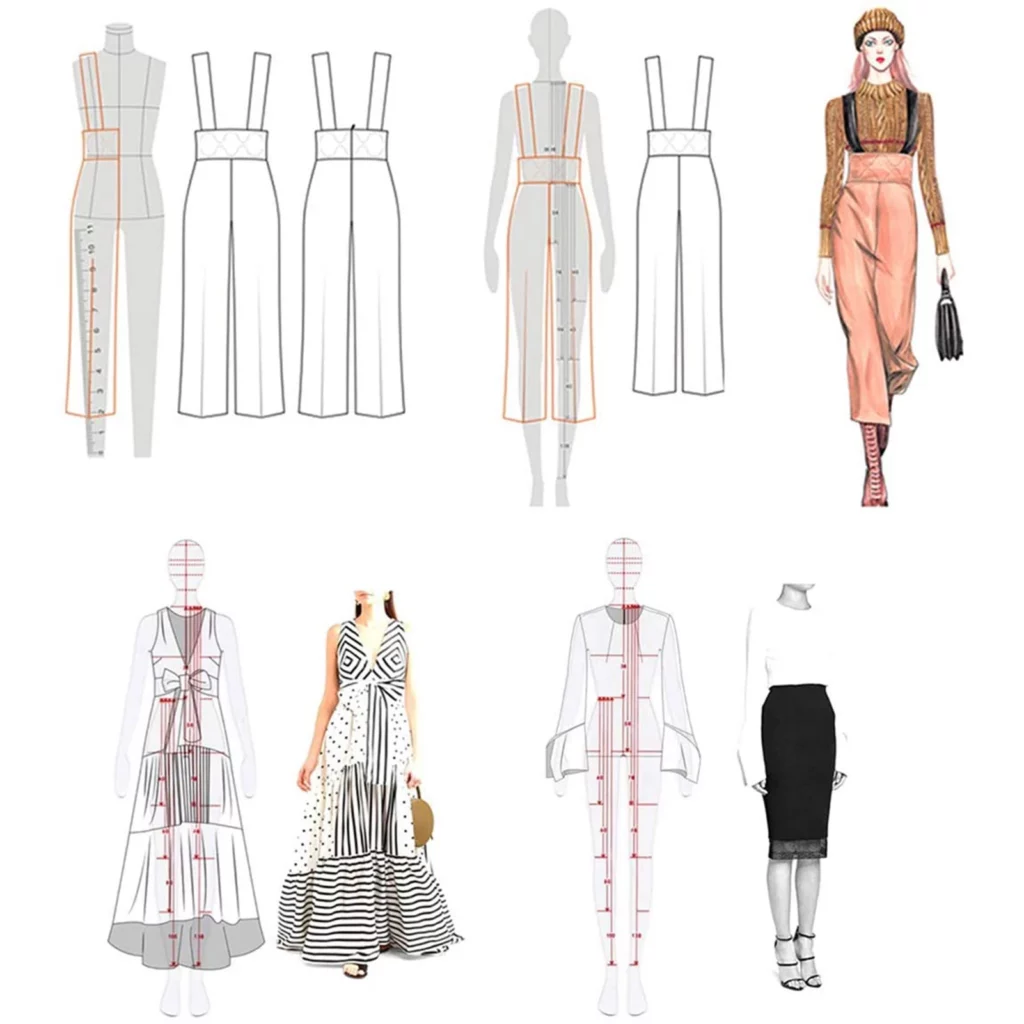
Step 3: Begin to fill in the details of your clothing item with light pencil strokes
Drawing sketches of fashion items can be a fun way to add some visual interest to your drawings. Start by sketching out the general shape of your clothing item on paper, then fill it in with light pencil strokes. Be sure to include details like the fabric and appliques, and pay attention to how the piece drapes or flows.
Step 4: Once all of the details are filled in, use darker pencil strokes to create shadows and highlights on your clothing item
To create a realistic fashion sketch, start by filling in all of the basic details. For example, if you are drawing a dress, including the fabric and shape of the dress itself as well as any adornments or accessories. Once you have finished this step, it is time to start shading and highlighting the clothing. Use darker pencil strokes to create shadows and highlights on your clothing item. Be sure to make use of light and dark areas to create a realistic effect.
